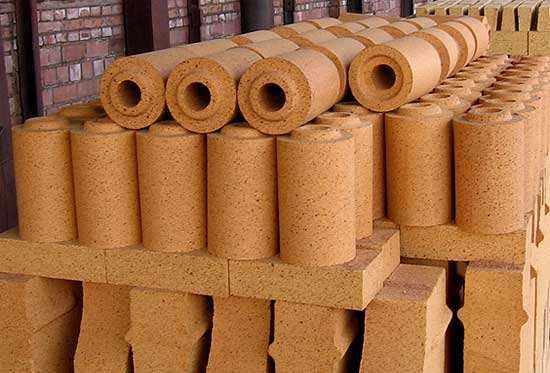Boron carbide is used as an antioxidant additive for low-carbon magnesia carbon bricks and castables. It is used in key parts of high temperature resistance and erosion resistance in the steel industry. Such as ladle, tap (nozzle), skateboard, stopper, etc. With the need for energy saving and consumption reduction in the iron and steel industry and the need for smelting low-carbon steel and carbon steel, the research and development of low-carbon magnesia-carbon bricks with excellent performance (general carbon content <8%) has attracted increasing attention from domestic and foreign industries. At present, the use of low-carbon magnesia-carbon bricks is generally improved by improving the bonded carbon structure, optimizing the matrix structure of magnesia-carbon bricks, and adding high-efficiency antioxidants. Among them, graphitized carbon black composed of industrial grade B4C and partial graphitized carbon black is used. Composite powder, using it as a carbon source and antioxidant for low-carbon magnesia-carbon bricks, has achieved good results. Low-carbon magnesia-carbon bricks added with B4C have good conventional physical properties, oxidation resistance and thermal shock stability.
Features: Boron carbide has an anti-oxidation effect in carbon-containing refractories, which can densify the product and prevent the oxidation of carbon in carbon-containing refractories. At the same time, it will react at 1000°C~1250°C to form (9AL2O3•2B2O3) columnar crystals distributed in the refractory In the matrix and gaps, the porosity is reduced, the medium temperature strength is improved, and the volume expansion of the generated crystals can heal volume shrinkage and reduce cracks.


